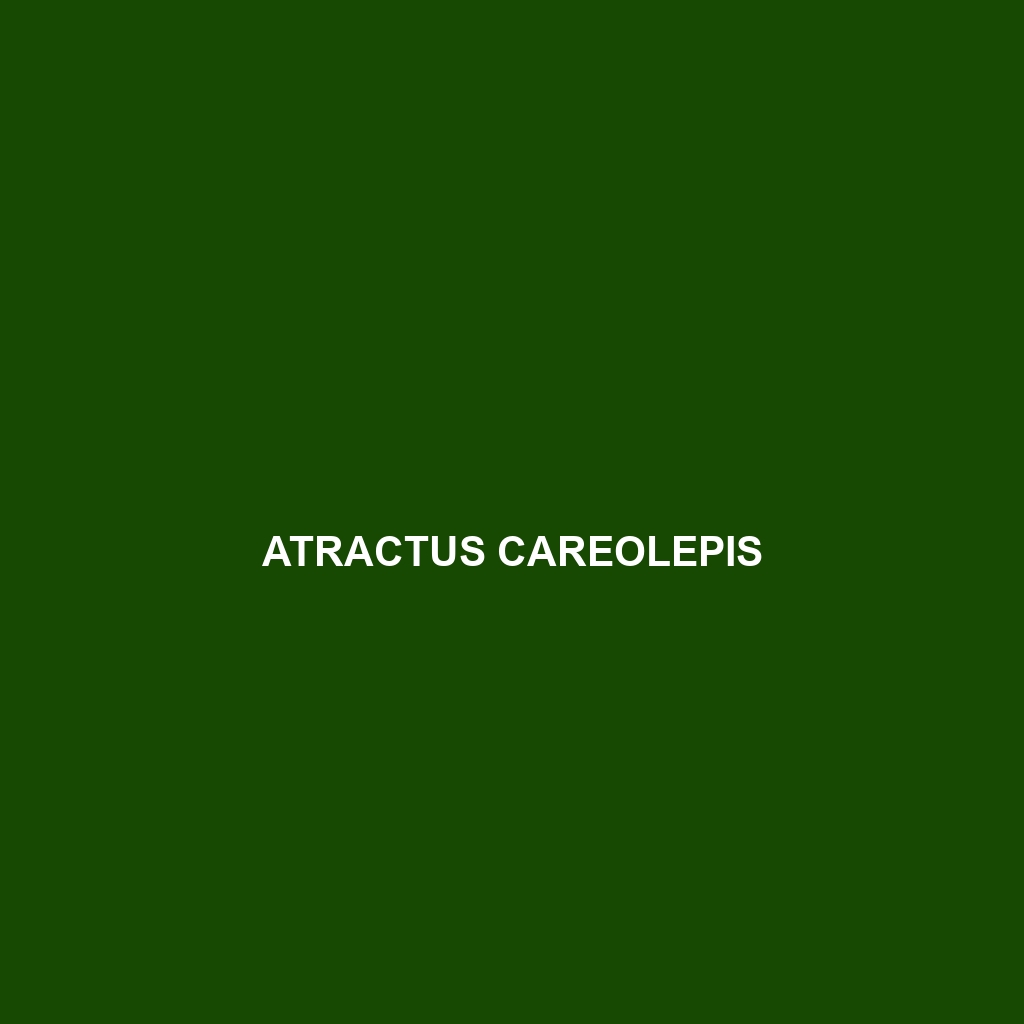Discover the fascinating Brookesia lambertoni, a diminutive chameleon from Madagascar known for its remarkable camouflage in rainforest undergrowth and vibrant displays during mating. This vulnerable species, measuring just 2.5 to 3.5 centimeters, plays a vital role in controlling insect populations while relying on moist habitats for reproduction.
Tag: reptile conservation efforts.
Bradypodion dracomontanum
<p>The <b>Drakensberg chameleon</b> (<i>Bradypodion dracomontanum</i>) is a small, vibrant green chameleon native to the temperate forests and grasslands of the Drakensberg Mountains in South Africa. Known for its color-changing abilities and unique courtship displays, this species plays a critical role in controlling insect populations and is currently classified as <b>vulnerable</b> due to habitat loss.</p>
Bothrops neuwiedi
Discover the Neuwied's lancehead (<i>Bothrops neuwiedi</i>), a striking terrestrial serpent found in tropical rainforests from southern Mexico to Brazil, known for its distinctive triangular-shaped head, intricate camouflage patterns, and hemotoxic venom used to immobilize a diet primarily consisting of small mammals and birds. This ovoviviparous species plays a vital role in its ecosystem, participating in both predator and prey dynamics.
Asaccus iranicus
Discover the Iranian leaf-toed gecko (<i>Asaccus iranicus</i>), a vulnerable species known for its sandy beige coloration and nocturnal, insectivorous behavior. Found in rocky outcrops of Iran's mountainous regions, this agile gecko plays a crucial role in controlling insect populations and thrives in environments with ample hiding spots.
Barisia planifrons
Discover the Barisia planifrons, commonly known as the flat lizard, a vibrant species native to the moist forests of Central America. With its unique, flattened body and striking coloration, this diurnal reptile plays a crucial role in its ecosystem by controlling insect populations and serving as a food source for larger predators.
Atractus indistinctus
Discover the Atractus indistinctus, also known as the indistinct worm snake, a secretive, non-venomous serpent thriving in the tropical forests of Central and South America. With its slender body, distinct coloration, and diet primarily consisting of small invertebrates, this vulnerable species plays a crucial role in maintaining the ecological balance of its habitat.
Atractus eriki
Discover the Atractus eriki, a small, elusive snake native to the tropical rainforests of Central and South America, known for its dark coloration and secretive behavior. This gentle, non-aggressive species primarily feeds on soft-bodied invertebrates and is currently listed as vulnerable due to habitat loss.
Atractus careolepis
Discover the Atractus careolepis, or glossy snake, a nocturnal species native to the tropical forests of Colombia, Ecuador, and Peru. With its sleek, glossy body and unique camouflage, it plays a crucial role in controlling insect populations and maintaining ecological balance in its habitat.
Aspidoscelis ceralbensis
<h2><b>Aspidoscelis ceralbensis</b></h2> <p>This slender, agile lizard, ranging from 7 to 10 inches in length, thrives in the arid desert regions of Arizona and New Mexico. Known for its distinct light brown coloration and dark stripes, it plays a crucial role in controlling insect populations while exhibiting fascinating reproductive adaptations, including asexual reproduction in some populations.</p>
Aparallactus jacksonii
Discover the Aparallactus jacksonii, or Jackson's snake, an intriguing nocturnal species native to the savannas and grasslands of eastern and southern Africa. With its distinctive coloration, sleek body, and vital role in the ecosystem, this snake is both a fascinating predator and a key indicator of environmental health.









